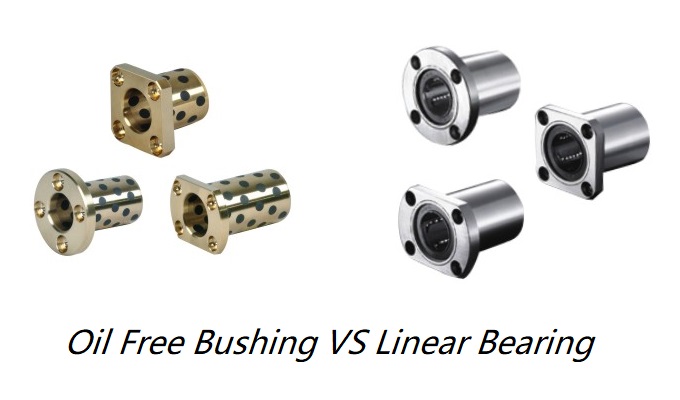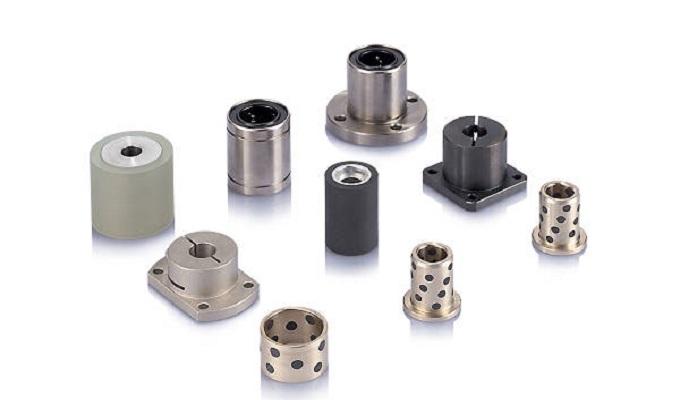Introduction
Linear bearings are essential in machinery and equipment that require precise linear motion, such as CNC machines, robotics, and manufacturing equipment. They provide smooth and accurate movement along a linear path, enabling efficient operation and precise control.
However, linear bearings can be susceptible to damage from rust, which can occur when moisture and oxygen come into contact with the bearing surface. Rust can cause the bearing to seize up, leading to a malfunction in the equipment and potentially causing significant downtime and repair costs.
Rust can also affect the accuracy and precision of the linear bearings, as it can cause uneven wear on the bearing surface and create rough spots that impede smooth motion. Additionally, rust can cause the bearing to lose its lubrication, leading to increased friction and wear and reducing the lifespan of the bearing.
Therefore, it is essential to prevent rust from forming on linear bearings, such as using corrosion-resistant materials, applying protective coatings or lubricants, and ensuring proper maintenance and cleaning procedures are followed. By doing so, the lifespan and performance of the equipment can be maximized, reducing downtime and repair costs and ensuring consistent and accurate operation.
What is Bearings Rust?
Rust is a form of corrosion that occurs when iron or steel comes into contact with moisture and oxygen. It is a chemical reaction that results in the formation of iron oxide, a reddish-brown substance that flakes off the surface of the metal.
The formation of rust is a complex process that involves several factors, including the presence of moisture, the availability of oxygen, and the pH level of the environment. When these conditions are met, iron atoms on the surface of the metal react with water molecules and oxygen to form iron oxide.
In the case of linear bearings, several factors can contribute to rust formation. One of the main factors is exposure to moisture, which can come from various sources, such as humidity in the air, condensation, or exposure to liquids or chemicals.
Another factor is the presence of contaminants on the bearing surface, such as dirt, dust, or other particles that can trap moisture and create an ideal environment for rust to form.
Additionally, the temperature and humidity of the environment can also play a role in rust formation. High temperatures and high humidity levels can increase the rate of rust formation. In contrast, low temperatures can cause condensation to form on the surface of the bearing, increasing the risk of rust formation.
Overall, it is important to be aware of the various factors that can contribute to rust formation on linear bearings and take steps to prevent it from occurring through proper maintenance, cleaning, and protective coatings or lubricants.
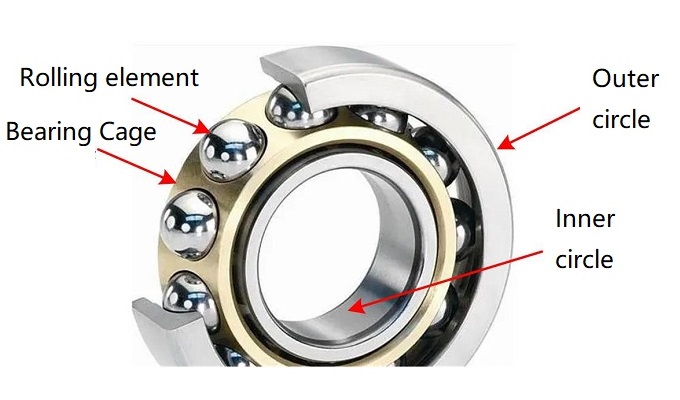
Causes of Bearing Rust
1. Chemical composition and structure of the metal material itself
(1) During grinding, the instantaneous high temperature will cause the workpiece surface to reach a molten state, and the steel surface will react chemically with oxygen in the air to form an extremely thin (20--30nm) iron oxide film. If it is not completely removed in the subsequent processing, even if the bearing is coated with anti-rust oil, the internal corrosion will appear on the surface of the bearing after a period of time.
(2) The bearing steel material does not meet the requirements, such as the high content of non-metallic impurities in the steel (the increase in sulfur content in the steel reduces the material's own corrosion resistance).
2. Bearing surface finish (oxygen concentration difference battery corrosion)
When the bearing is finely ground or super-ground, the specified accuracy is not achieved, and pits of a certain depth are formed on the surface. Once corrosive particles or moisture in the air enter these pits, corrosion will gradually appear.
3. The composition and pH value of the solution in contact with the metal surface.
(1) If the bearing is not cleaned or neutralized thoroughly after acid printing, it will cause corrosion.
(2) The method of applying anti-rust oil is unreasonable. One is to use a rag soaked in anti-rust oil to roll the bearing on the rag. The sweat on the hands, the corrosive substances on the rag, and the bearing parts that are not coated with anti-rust oil will cause corrosion; the other is to stack the bearings together and then spray the anti-rust oil with a sprayer. It is difficult for the overlapping surfaces of the bearings to be sprayed with anti-rust oil. In this way, corrosion will slowly occur due to long-term contact with moisture and oxygen in the air.
4. Various environmental media in contact with metal surfaces
(1) The influence of humidity. The critical humidity of steel is about 65%, but many small-scale manufacturers have a production environment humidity of more than 65%, and some even reach 80%, which can easily cause bearings to rust.
(2) When the bearing is washed with water, it is not dehydrated or the dehydration is not clean or it is blown dry with an air compressor without drying, which will also cause serious corrosion of the bearing.
(3) A large amount of moisture and corrosive substances with salt in the air are blown onto the bearing surface, and the temperature of the product drops due to ventilation, resulting in "condensation", which will also cause the bearing to rust.
5. Human factors
When the bearing is assembled and inspected, the operator directly touches the bearing parts with his hands, causing all the sweat on his hands to remain on the bearing surface, which will cause the outer ring of the bearing to rust.
How Do We Rate Anti-corrosion Properties?
When talking about stainless steel, we mean that the material’s anti-corrosion level is different.
When the corrosion speed <0.01mm/y, we consider this material “fully anti-corrosion.”
When the corrosion speed <0.1mm/y, we consider this material “anti-corrosion.”
When the corrosion speed >0.1mm/y, we consider this material “not anti-corrosion”, which means normal steel.
Except for a small portion being stainless steel, most of the steel used on the linear bearing is normal. So it would be normal if you find your linear bearing rusted.
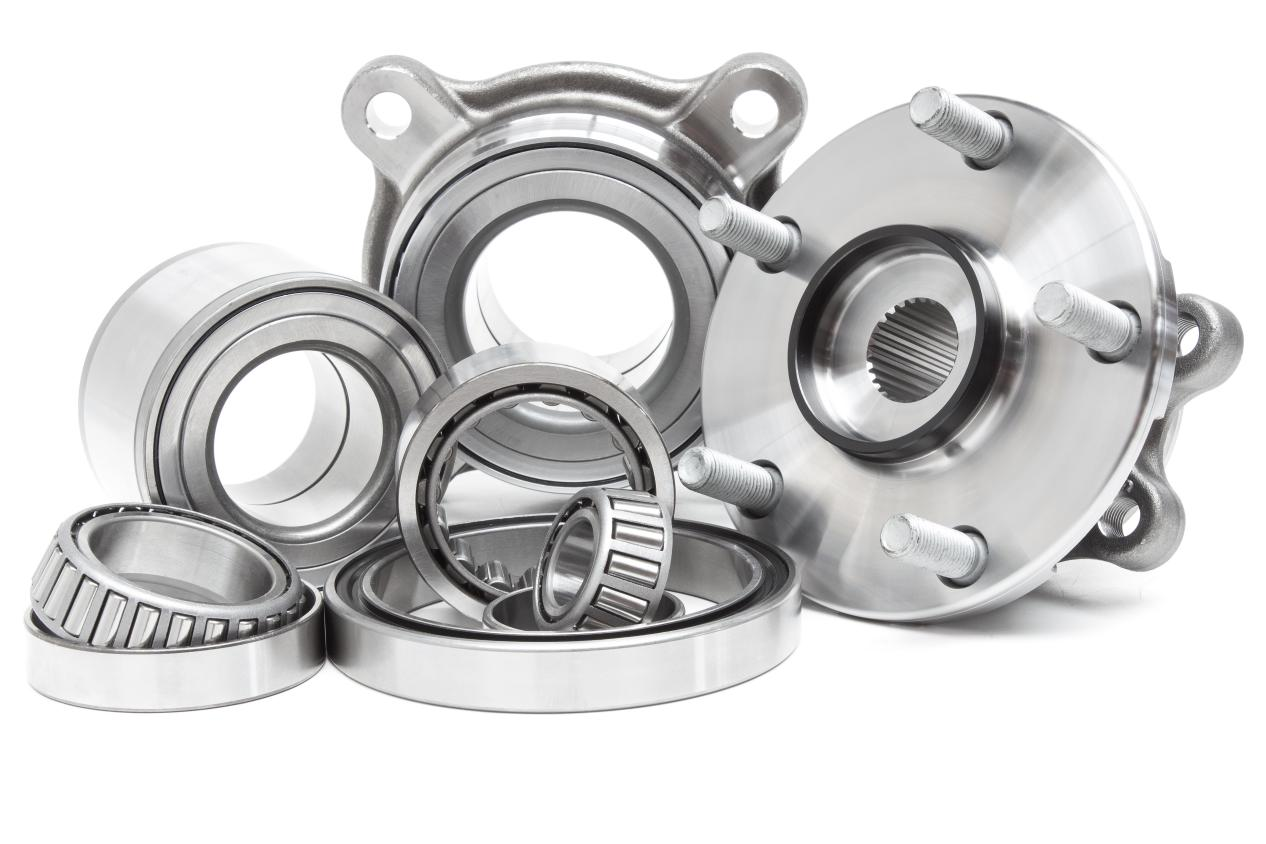
Preventing Rust on Linear Bearings
Preventing rust formation on linear bearings ensures their longevity and proper functioning. Below are some strategies that can employ to prevent rust on linear bearings:
◆Use corrosion-resistant materials: Choosing materials resistant to corrosion can help prevent rust formation on linear bearings. Stainless steel or plastic bearings are less likely to rust than standard ones.
◆Apply protective coatings: A protective coating, such as a rust inhibitor or anti-corrosive coating, can help prevent rust formation on the surface of the bearing.
◆Lubrication: Proper lubrication can help prevent rust formation by reducing friction and wear on the bearing surface. Lubricants can also help repel moisture and prevent it from reaching the bearing surface.
◆Regular maintenance and cleaning: Regular maintenance and cleaning of the linear bearings can help prevent rust formation by removing dirt, dust, and other contaminants that can trap moisture and contribute to rust formation.
◆Proper storage techniques: Proper storage techniques, such as keeping the bearings dry and clean, can help prevent rust formation during storage.
Methods for applying anti-rust oil:
1. Immersion method: Some small bearings are immersed in anti-rust grease. The thickness of the oil film can be achieved by controlling the temperature or viscosity of the anti-rust grease, so that a layer of anti-rust grease adheres to the surface.
2. Brushing method: It is used for outdoor construction equipment or products of special shapes that are not suitable for immersion or spraying. When brushing, pay attention to evenly apply it on the bearing surface, pay attention to not generating accumulation, and pay attention to preventing leakage.
3. Spraying method: Some large anti-rust objects cannot be oiled by immersion. Generally, filtered compressed air with a pressure of about 0.7Mpa is used for spraying in a clean air place. The spraying method is suitable for solvent-diluted anti-rust oil or thin layer of anti-rust oil, but perfect fire prevention and labor protection measures must be adopted
Regular cleaning and lubrication are important in preventing rust formation on linear bearings. Cleaning removes any dirt or debris that may be on the surface of the bearing, which can trap moisture and contribute to rust formation. Lubrication reduces friction and wear and helps repel moisture, preventing it from reaching the bearing surface. Additionally, lubrication can provide a protective barrier against rust formation by preventing moisture and oxygen from reaching the surface of the bearing.
In summary, preventing rust formation on linear bearings is crucial to ensure their proper functioning and longevity. Strategies such as using corrosion-resistant materials, applying protective coatings, regular maintenance and cleaning, proper storage, and lubrication can help prevent rust formation and maximize the lifespan of the bearings.
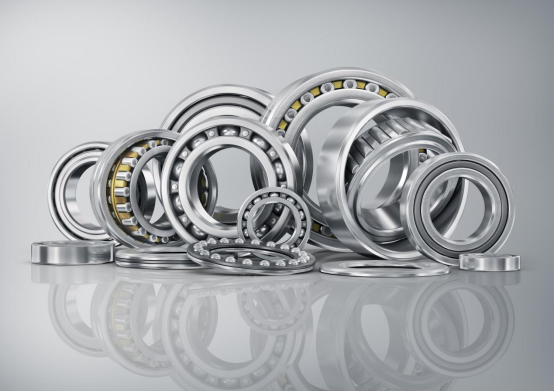
Detecting and Treating Rust on Linear Bearings
Detecting rust on linear bearings is important to prevent it from causing damage to the bearing and machinery. Here are some methods for detecting and treating rust on linear bearings:
◆Visual inspection: Regular bearing inspection can help detect the early signs of rust formation. Look for discolouration, roughness, or pitting on the surface of the bearing.
◆Magnetic particle inspection: This method involves applying magnetic particles to the surface of the bearing and using a magnetic field to detect any cracks or corrosion. It is a more thorough method of detecting rust on linear bearings.
◆Ultrasonic testing: This method uses high-frequency sound waves to detect any internal damage or corrosion on the bearing.
Once rust has been detected, it is important to identify the extent of the damage to determine the appropriate treatment option. If the rust is minor, it can be cleaned using a rust remover or a mild abrasive material such as steel wool. After cleaning, the surface of the bearing should be polished to remove any remaining rust particles and to restore the smooth surface of the bearing.
If the rust has caused significant damage to the surface of the bearing, it may be necessary to replace the bearing entirely. When replacing the bearing, choosing a corrosion-resistant material that can withstand the operating environment is important.
In summary, detecting and treating rust on linear bearings is crucial to prevent damage to the machinery and ensure its proper functioning. Visual inspection, magnetic particle inspection, and ultrasonic testing are some methods that can use to detect rust on linear bearings. Treatment options for rusted linear bearings include cleaning, polishing, and replacement, depending on the extent of the damage.

Conclusion
In conclusion, preventing and treating rust on linear bearings is crucial to ensure their proper functioning and longevity. Rust can cause damage to the bearing surface, leading to malfunction and ultimately, costly repairs or replacement of machinery and equipment.
To prevent rust formation, it is important to choose corrosion-resistant materials, apply protective coatings, lubricate regularly, and perform regular maintenance and cleaning. If rust is detected, it should be treated immediately to prevent further damage to the bearing surface. Treatment options include cleaning, polishing, and replacement.
Overall, taking proactive steps to prevent rust formation and promptly addressing any signs of rust can help ensure the longevity and smooth operation of machinery and equipment. By investing in proper maintenance and care of linear bearings, businesses can save money in the long run and prevent unexpected downtime due to equipment failure.


